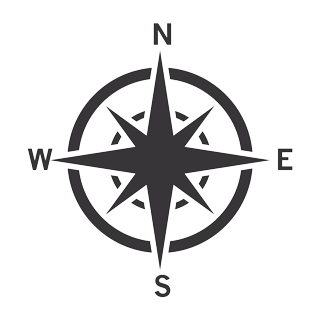




What does Reynisfjara mean?
The word fjara in Icelandic means 'beach'. And according to the Internet (there aren't many reputable sources out there with this information), the name Reynisfjara comes from a wealthy Norwegian man called Reynira, who was the first settler of this area of Iceland. So Reynisfjara literally translates to 'Reynira's beach.
The waves at Reynisfjara are known for their volatility and unpredictability, and it is important to be aware of the risks involved with getting too close to them while exploring the beach. The roaring waves of Reynisfjara are extremely strong and often push a lot further up the beach than one might expect. When they pull back away from the beach, their force is even stronger, and they are well capable of dragging unfortunate people away with them.

Reynisdrangar are impressive rock formations situated near the shore of Reynisfjara beach by the coastal village Vík on the South Coast of Iceland. Visit Reynisdrangar and the black sand beach, Reynisfjara, on a South Coast tour . The formations are the remains of large and imposing sea cliffs, made up of basalt, that serve as a vital part of the area's allure; they shoot dramatically out of the ocean under the looming cliffs of Mt. Reynisfjall , making for a beautiful site, and have a folklore that is equally impressive.

It is said that to stand on Reynisfjara Beach is akin to being in a natural amphitheater where the white water of the Atlantic waves provides the drama. At any time of year, and in any light, this is a place of great beauty which will remind people that they can never be far from the powerful forces of nature which shaped the island of Iceland. Marvel at the power of the ocean but do not stand too close – those masterful waves deserve your respect and can be quite dangerous if you get too close! The reason for the sand at Reynisfjara being black is that it is formed from heavily eroded volcanic rocks (also known as extrusive igneous rocks), which are black (or obsidian) to begin with as they have been formed from cooled lava which turns black as it cools and hardens.

Vik is the southernmost village in Iceland. It's situated 110 kilometers (68,3 mi) from Reykjavík, South of Katla Volcano. Make a stop at the town of Vik as you travel along the Ring Road in South Iceland! Vik i Myrdal is a common stop along the South Coast, with excellent restaurants and all the basic services one might need, including a supermarket, a swimming pool, and a gas station.The village is located at a very volcanically active area and as mentioned before the powerful Katla nests in a nearby glacier. This is where the whims of nature, such as volcanoes, have had a huge influence. It's been said that if Katla would erupt, the glacier meltwater would likely go over most houses in the village with the exception of the mighty church.